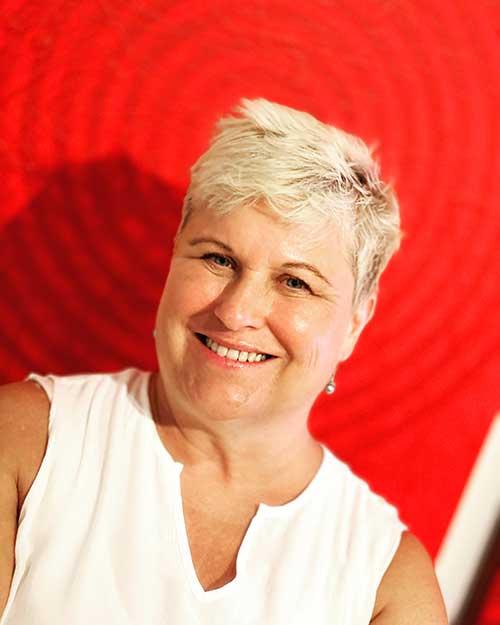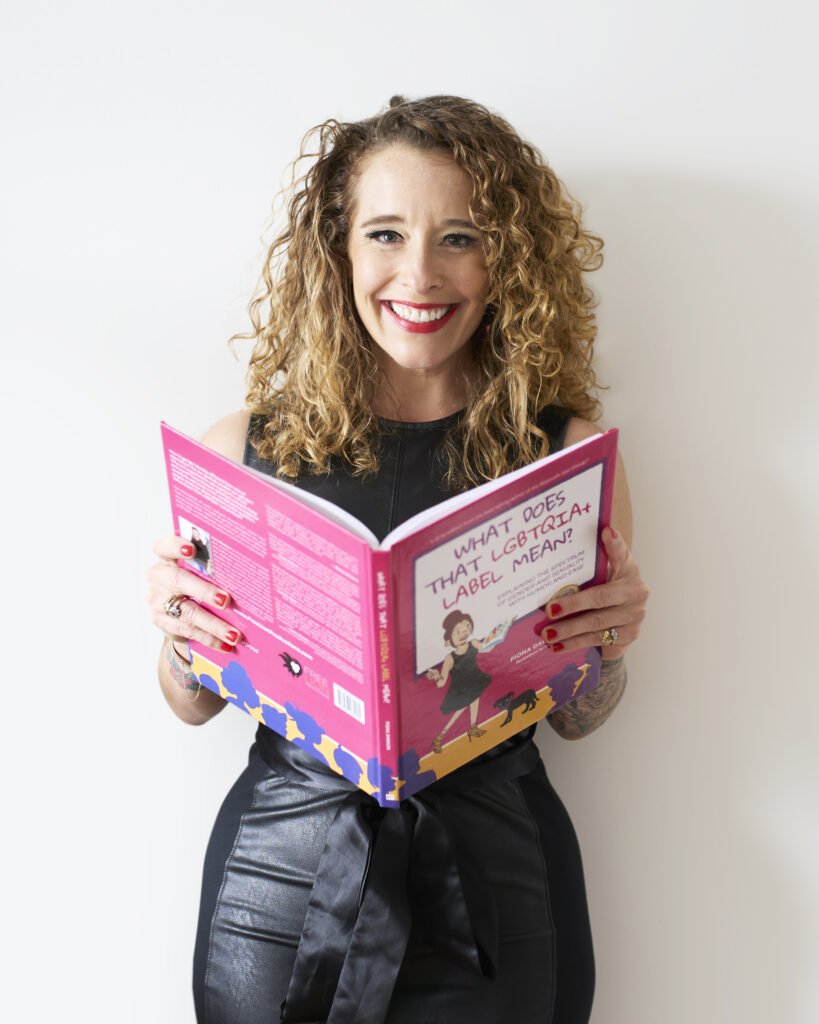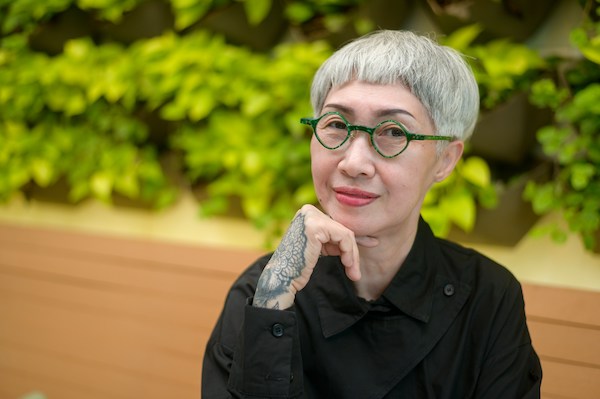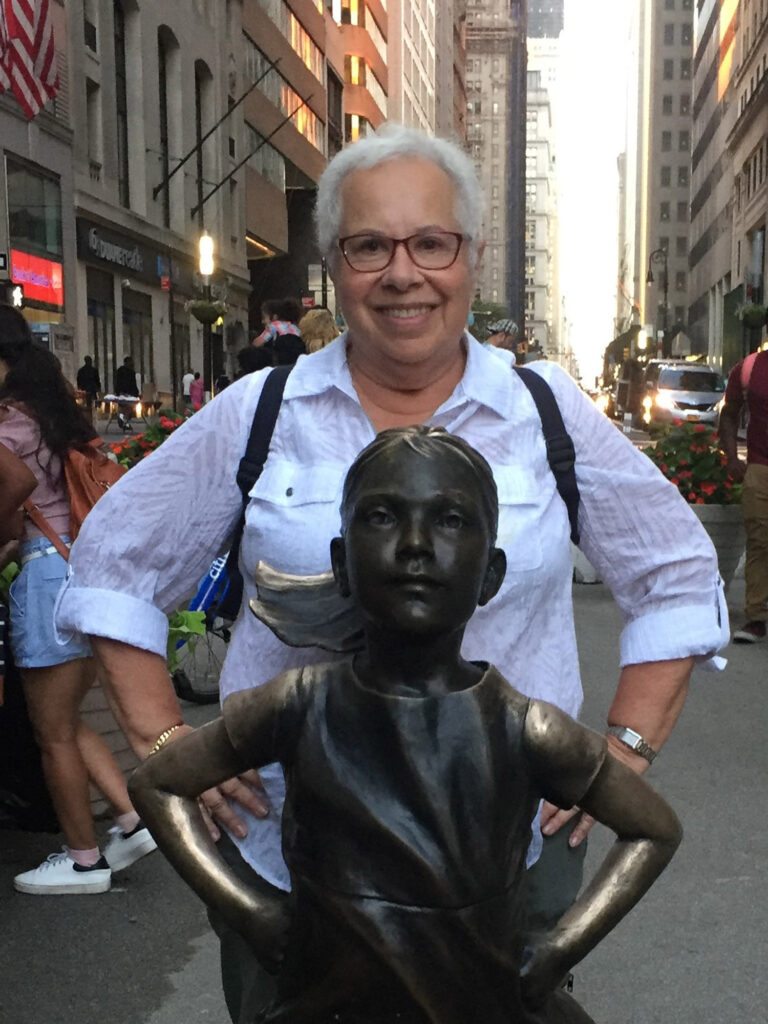LGBTQ+ women have long led the charge in challenging societal norms and creating spaces for more authentic self-expression. Tagg Magazine spoke to three remarkable queer women, all of whom are over 45, to hear their reflections and insights on love, life, beauty, and gender identity.
Carren Strock
At 76, Carren Strock has left an indelible mark on queer literature with her work. Her groundbreaking book, Married Women Who Love Women, provides a candid exploration of the challenges women face as they navigate societal expectations and personal identity within the context of marriage and family life.
Reflecting on her own journey, Strock recalls the pivotal moment when she embraced her queer identity later in life. “My first realization that I was a lesbian was frightening,” she admits. “I was 44, and my world was turning upside down. But eventually, I realized that I was still the same person and that my gender identity was just an additional dimension of who I was. What I’ve learned is that how a person chooses to hear what I say has more to do with who they are and where they are on their own journey than with who I am. If anyone has a problem with my being a lesbian, the problem is theirs, not mine. This realization has been so very liberating.”
Strock is especially touched by the personal stories of the women she has helped. One that stands out? A woman who, upon seeing Strock’s book in a store window during a crisis, found hope and chose not to end her life, realizing that she wasn’t alone.

Anne-Marie Zanzal
Anne-Marie Zanzal, now in her late 50s, has dedicated her career to helping individuals navigate their sexual and gender identities. Drawing from her experiences in ministry, hospice chaplaincy, and bereavement counseling, she now focuses on guiding her clients to embrace their true selves.
Zanzal discussed the differences in coming out at various stages of life, stating, “The major difference is that people who come out younger, their family, and friends go through a grieving period. But when you come out older, you grieve the life that you thought you were going to have.” This grief, she explains, is tied to the life paths and relationships older queer individuals had previously envisioned, such as marriage and raising children.
Zanzal says of her own story, “When I came out, it was really super hard. And when I Googled ‘late in life lesbians,’ there was one thing that showed up.”
“I came out at 52. I was married for 27 years. We were making plans for retirement, and all of a sudden that was gone,” she adds.
Zanzal acknowledges that the fear of coming out and questioning one’s identity are universal experiences, regardless of age. She also touched on the internal struggle that often accompanies the process “Some days in the beginning, you feel super queer, and then you decide the next day you’re not. That questioning is normal.”
Zanzal emphasized the importance of seeking out the voices and stories of others who have gone through similar experiences as a way to alleviate the isolation that can come with these feelings. “Start seeing what other people are saying, and you’ll realize, ‘Oh my God, I’m not alone.’” By connecting with others, individuals can start to feel a sense of belonging. She advises taking tiny, brave steps, like wearing a rainbow bracelet or pride shirt, to build confidence and begin finding community.

Fiona Dawson
“When I first came out as lesbian/gay at the age of 27, I was working at an HIV/AIDS charity in Houston,” Fiona Dawson recalls. “Being within the queer community at that time definitely expanded my perspective and self-identification as not being straight. But that was back in 2004, when the majority of us were still expressing queer identities and love with very binary mindsets.”
In 2012, Dawson had a significant realization that further shaped her identity. “When I came to realize that gender was not necessarily a determining factor for my capacity to be attracted to someone, I re-identified as bisexual,” she explains. Her book, Are Bisexuals Just Greedy?, delves into this period of self-discovery: “Coming out as bi+ forced me to confront the complexities of identity and the fears of losing the ‘gay’ label I had embraced for years.”
Dawson credits her work on the Emmy-nominated TransMilitary film project as pivotal in her understanding of queer identity. “It really helped me ignite my own self-awareness of the fluidity of queer identity and love, and the commonality between bi+ and trans people,” she says.
Even now, at 47 years old, Dawson continues to explore and challenge her understanding of relationships and love. “I feel like I’m still learning deeper perspectives about how I have unconscious bias and expectations of what love and relationships are ‘supposed’ to be,” she admits. “Realizing that so much is a societal construct, which we have the power to change.”
Through her storytelling, Dawson strives to amplify voices and stories often overlooked. “My friend illustrator/animator Syd Cordoba and I worked really hard to have as much diverse representation as possible in the illustrations in my books, Are Bisexuals Just Greedy? and What Does That LGBTQIA+ Label Mean?,” she shares. “We are as mindful as possible with the character representation we create in our animations. I strive to contribute to a world where everyone sees themselves as beautiful, not because they fit a certain mold, but because they are unapologetically themselves.”
Dawson believes that the queer community has been at the forefront of redefining beauty standards. “Queer people have led the evolution of beauty standards within and outside of our community,” she asserts. This shift has been transformative, moving away from narrow, conventional ideals to a more inclusive definition of beauty. “This evolution is not just about aesthetics but about validating and uplifting those who have been marginalized even within marginalized spaces.”
These women have shown that there is no singular path to understanding one’s identity. Their reflections are not just stories of individual resilience but also legacies that remind us it’s never too late to challenge societal expectations, reimagine love, and define ourselves on our own terms.


